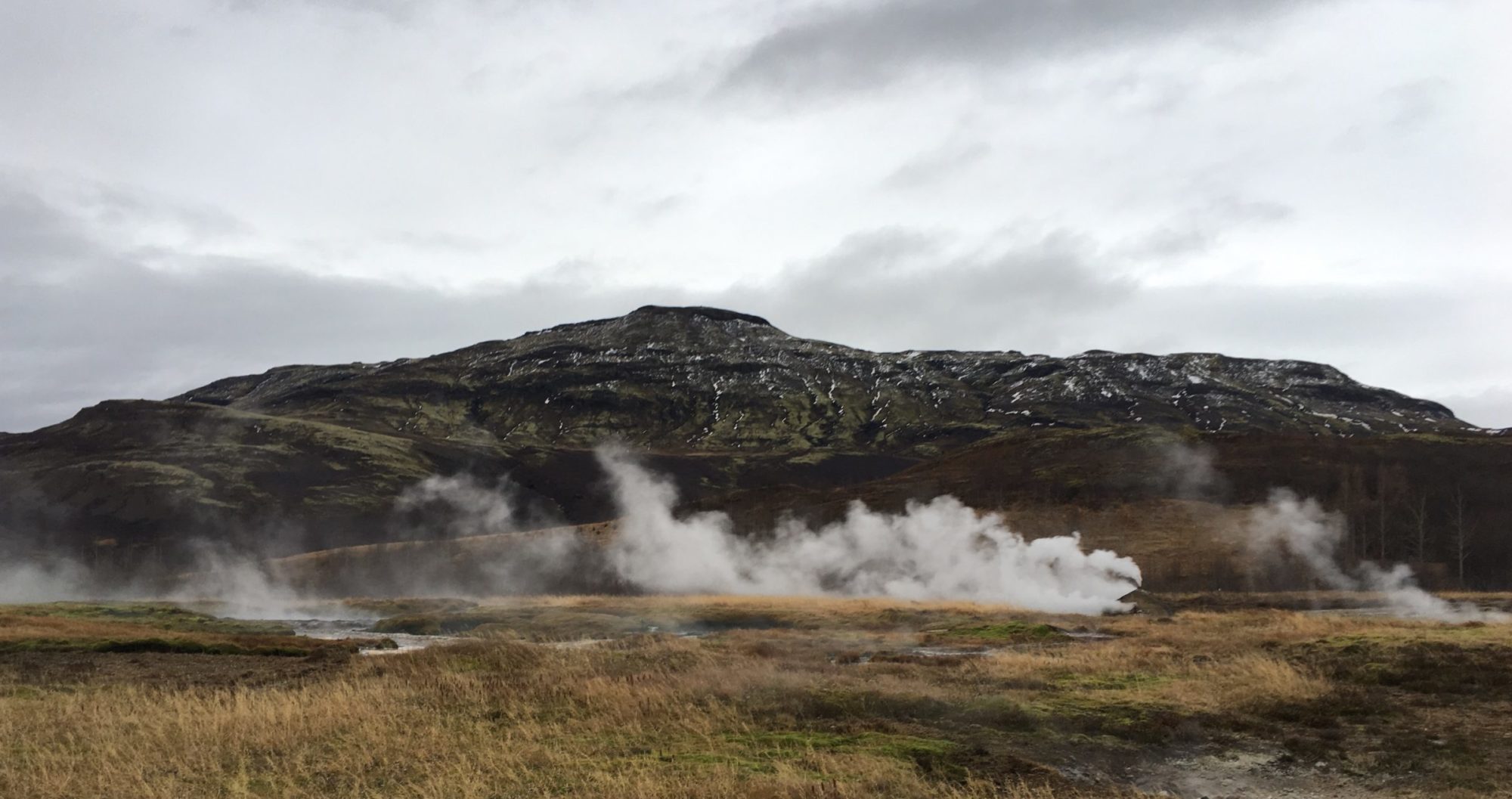This chapter described the dangers and adaptations to living in high altitudes.
Dangers at High Altitude
There is a decrease in density of their air when reaching higher altitudes, lowering the atmospheric pressure. If not accounted for this would cause a fall of oxygen levels in the lungs and loss of consciousness. Also, there is lower oxygen concentrations in the air as the altitude gets higher. If the body does not adjust, this can result in reduced muscle power, unconsciousness, coma, and even death. Real life example: ears will ‘pop’ on commercial aircrafts because they are pressurized to ensure blood saturation with oxygen. Further, solar radiation becomes an issue because of the thin air providing less protection. Further, the reflection of the sun off snow and ice can lead to severe sunburns.
Mountain Sickness
Besides having our normal rate of breathing largely accelerated, we found it impossible to sustain life without every now and then giving spasmodic gulps, just like fishes when taken out of water.
There is also a risk of mountain sickness at these altitudes. The cause is not certain, as well as who is predicted to succumb to it, but the low oxygen and low acidity are thought to play a role in the unpleasant symptoms such as light-headedness, exhaustion, dizziness, nausea, and severe headaches.
Acclimatization to High Altitudes
Faster breathing is the body’s response to the lower oxygen content in order to provide more oxygen deliver to tissues. The increase in respiration is triggered by chemoreceptors in the carotid arteries, which monitor the oxygen concentration of blood entering the brain. This hyperventilation increases oxygen uptake as well as carbon dioxide exhalation. The faster and deeper breaths taken, the more oxygen is taken up, and the further one can climb up the mountain. Real life example: divers will hyperventilate before holding their breath in order to elongate the period before carbon dioxide builds up high enough to stimulate breathing. Further, there is an increased number of red blood cells. This is triggered by the hormone erythropoietin and helps to increase oxygen delivery. The increase in RBC occurs within three to five days of arriving at high altitude and will continue while the individual remains there. Real life example: people with have chronic lung disease, resulting in difficulty breathing and hypoxic conditions, will have increased numbers of RBC.
How Do Birds Do It?
Birds have special lungs that allow them to extract more oxygen from the air at these higher altitudes. Their lungs are small and compact with respiratory storage sacs, taking two full breaths for air to completely pass through the lungs. Further, birds can maintain an elevated respiratory rate regardless of carbon dioxide levels and blood acidity. Bird hemoglobin also binds oxygen more avidly.
High Altitude Natives
The adaptations demonstrated by high altitude natives appear to be partly genetic and partly developmental…
Natives usually have larger, barrel-shaped chests with proportionately larger lungs. Their bodies are overall smaller, but they have larger hearts to pump blood more efficiently as well as more lung and tissue capillaries. Yet, some of these adaptations seem to be genetic, as children of lowland races that are raised at high altitudes never attain a barrel chest like those of the Andean population.

